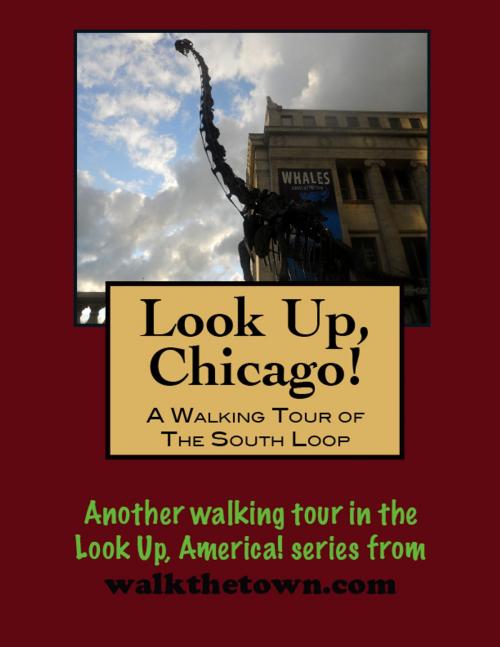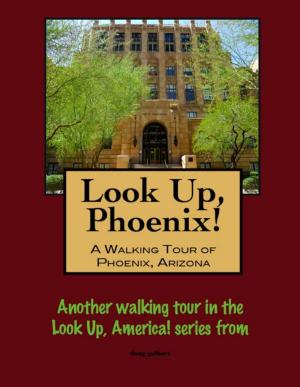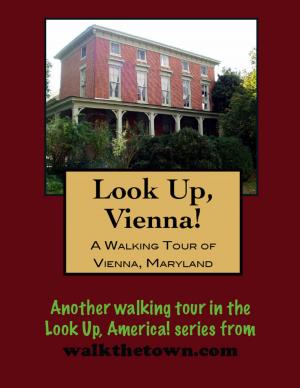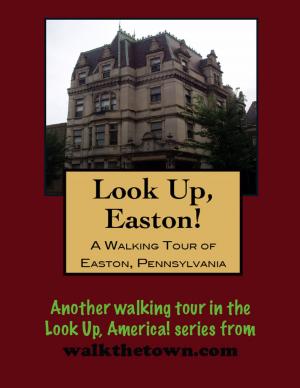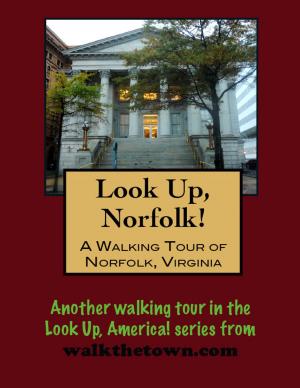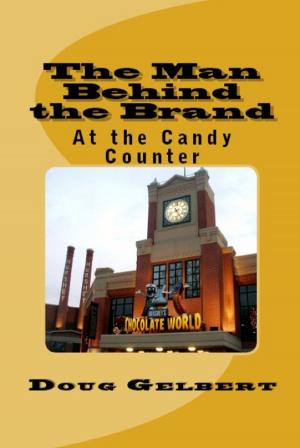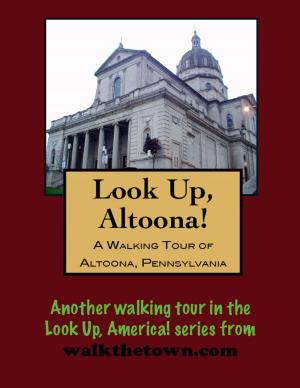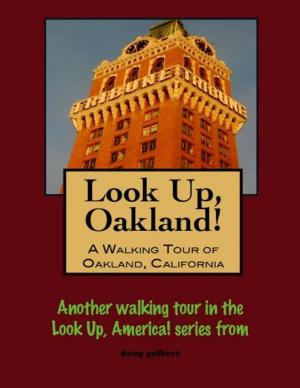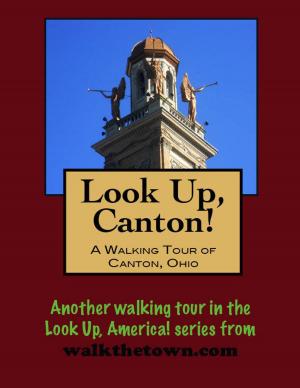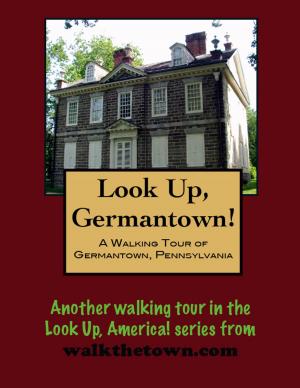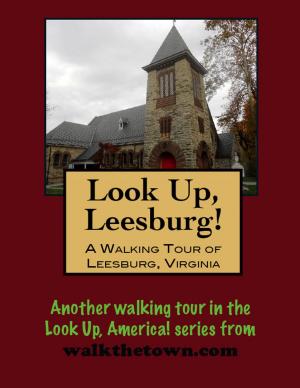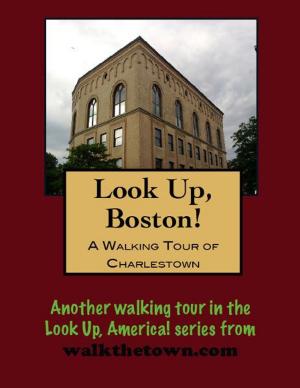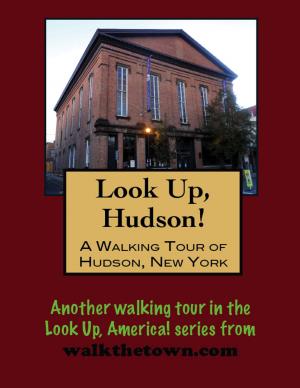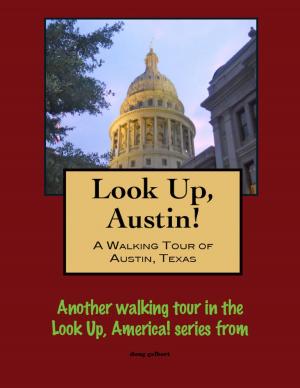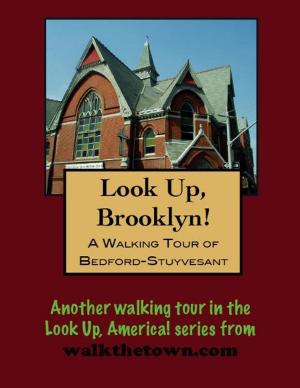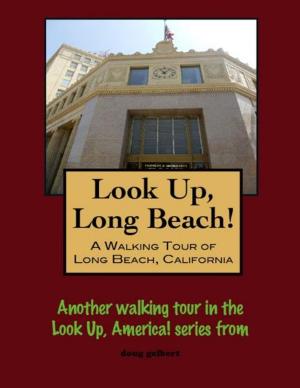Look Up, Chicago! A Walking Tour of The Loop (South End)
Nonfiction, Travel, United States, History, Americas| Author: | Doug Gelbert | ISBN: | 9781465868060 |
| Publisher: | Doug Gelbert | Publication: | August 31, 2011 |
| Imprint: | Smashwords Edition | Language: | English |
| Author: | Doug Gelbert |
| ISBN: | 9781465868060 |
| Publisher: | Doug Gelbert |
| Publication: | August 31, 2011 |
| Imprint: | Smashwords Edition |
| Language: | English |
There is no better way to see America than on foot. And there is no better way to appreciate what you are looking at than with a walking tour. Whether you are preparing for a road trip or just out to look at your own town in a new way, a downloadable walking tour is ready to explore when you are.
Each walking tour describes historical and architectural landmarks and provides pictures to help out when those pesky street addresses are missing. Every tour also includes a quick primer on identifying architectural styles seen on American streets.
The Loop, defined by the Chicago River to the west and north, Roosevelt Road to the south and, of course, Lake Michigan to the east, is the city's commercial hub (roughly only 16,000 of Chicago's nearly three million residents live here). It is the second largest central business district in the country, housing the world's biggest commodities market.
The Loop initially took its name from the circuitous route 19th century streetcars took but later became defined by the elevated train tracks that lead here from every part of the city. Business-wise, the South Loop came to be known as Printing House Row where printers and publishers set up their presses and constructed utilitarian warehouses and office buildings. The southern part of the city was the first refuge of Chicago's wealthiest business barons but the push northward across the Chicago River began in the late 19th century and the South Loop became known for brothels, bars, burlesque theaters and cheap residential hotels.
Today some of those buildings have been reclaimed as residential lofts, many owned by the South Loop's four colleges: Roosevelt University, Columbia College, Robert Morris University Illinois, and DePaul University. Our walking tour of the heart of the South Loop will dip into these heritage structures but we will start in a treasured open space whose lakefront existence can be attributed to a single man...
There is no better way to see America than on foot. And there is no better way to appreciate what you are looking at than with a walking tour. Whether you are preparing for a road trip or just out to look at your own town in a new way, a downloadable walking tour is ready to explore when you are.
Each walking tour describes historical and architectural landmarks and provides pictures to help out when those pesky street addresses are missing. Every tour also includes a quick primer on identifying architectural styles seen on American streets.
The Loop, defined by the Chicago River to the west and north, Roosevelt Road to the south and, of course, Lake Michigan to the east, is the city's commercial hub (roughly only 16,000 of Chicago's nearly three million residents live here). It is the second largest central business district in the country, housing the world's biggest commodities market.
The Loop initially took its name from the circuitous route 19th century streetcars took but later became defined by the elevated train tracks that lead here from every part of the city. Business-wise, the South Loop came to be known as Printing House Row where printers and publishers set up their presses and constructed utilitarian warehouses and office buildings. The southern part of the city was the first refuge of Chicago's wealthiest business barons but the push northward across the Chicago River began in the late 19th century and the South Loop became known for brothels, bars, burlesque theaters and cheap residential hotels.
Today some of those buildings have been reclaimed as residential lofts, many owned by the South Loop's four colleges: Roosevelt University, Columbia College, Robert Morris University Illinois, and DePaul University. Our walking tour of the heart of the South Loop will dip into these heritage structures but we will start in a treasured open space whose lakefront existence can be attributed to a single man...
